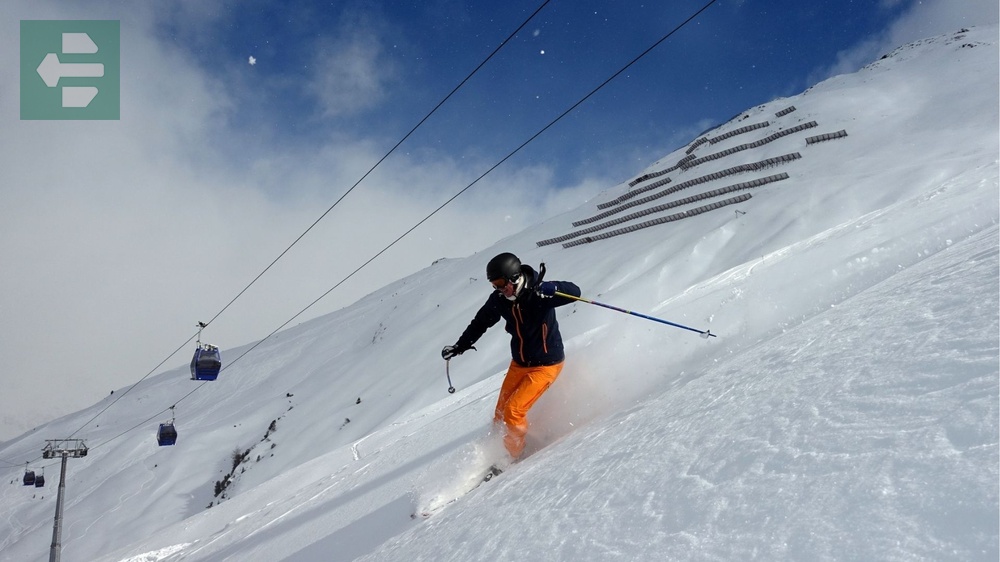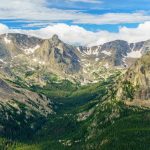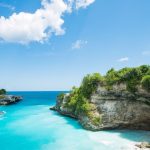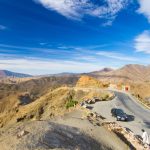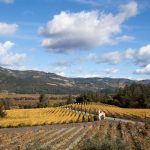The world offers exceptional skiing across four continents, from the powder bowls of Whistler Blackcomb to the glacial runs of Zermatt. These destinations feature diverse terrain, reliable snow conditions, and unique mountain cultures. Jackson Hole delivers steep terrain, while Aspen combines luxury with challenging runs.
Keep reading as we uncover the best places to go skiing that will transform your winter adventures into unforgettable mountain experiences.
List of Contents
- 1. Whistler Blackcomb: Two Mountains, One Epic Experience
- 2. Jackson Hole Mountain Resort: Steep Terrain, Deep Tradition
- 3. Aspen Snowmass: Four Mountains, One Valley
- 4. Vail: America's Largest Single Mountain
- 5. Park City: America's Largest Ski Resort
- 6. Deer Valley: Luxury Meets Perfect Groomers
- 7. Zermatt: Skiing Beneath the Matterhorn
- 8. St. Anton am Arlberg: Steep Austrian Tradition
- 9. Courchevel: French Alpine Luxury
- 10. Val d'Isère: High-Altitude Powder Paradise
- 11. Verbier: Off-Piste Capital of Switzerland
- 12. Hakuba: Japanese Powder Deep in the Alps
- 13. Ski Portillo: Chilean Andes High-Altitude Adventure
- 14. Perisher: Australia's Largest Alpine Resort
- 15. Thredbo: Australia's Steepest Runs
1. Whistler Blackcomb: Two Mountains, One Epic Experience
Whistler Blackcomb spans 8,171 acres across two connected mountains in British Columbia. The resort offers skiing above treeline and deep forest runs that stay protected during storms.

I remember taking the Peak 2 Peak Gondola on a whiteout day. The cable car emerged above the clouds at 1,430 feet above the valley floor. Below us, skiers disappeared into powder-filled glades while we crossed between mountains in brilliant sunshine.
Local knowledge matters here. Take the Village Gondola to mid-station first thing in the morning. The crowds head straight to the summit, leaving the Olympic Chair area nearly empty until 10 AM.
Quick Facts:
- Peak Season: December – March
- Access: 2 hours from Vancouver, shuttle available
- Lift Tickets: from CAD $129
- Suggested Stay: 4-7 days
- Areas: Whistler Mountain, Blackcomb Mountain, Peak 2 Peak connection
2. Jackson Hole Mountain Resort: Steep Terrain, Deep Tradition
Jackson Hole Mountain Resort delivers 4,139 vertical feet through Wyoming's Teton Range. The Aerial Tram carries 100 people to 10,450 feet in 12 minutes, accessing terrain that separates serious skiers from weekend warriors.

The mountain splits into distinct zones. Rendezvous Bowl offers wide-open expert runs, while Casper Bowl provides gentler intermediate terrain. Fifty percent of the trails challenge experts, but beginners find solid ground on the lower mountain.
Quick Facts:
- Peak Season: January – March
- Access: Jackson Hole Airport 20 minutes, Salt Lake City 5 hours
- Lift Tickets: from USD $219
- Suggested Stay: 5-7 days
- Areas: Rendezvous Mountain, Après Vous Mountain, Casper Bowl, Headwall
3. Aspen Snowmass: Four Mountains, One Valley
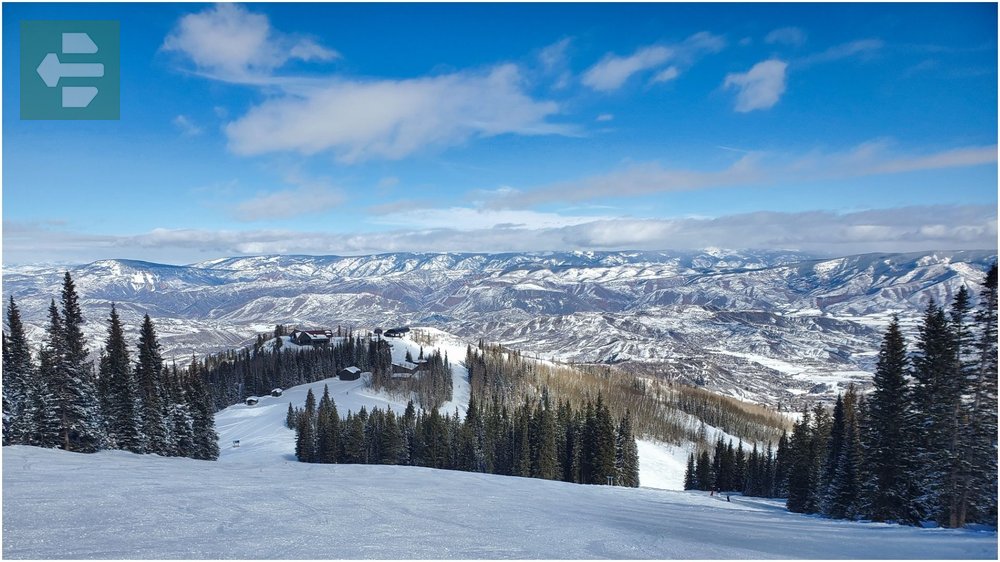
Four distinct mountains create the Aspen experience across 5,527 acres. Snowmass offers family-friendly terrain and long groomed runs. Aspen Mountain challenges advanced skiers with steep mogul fields. Buttermilk hosts terrain parks. Aspen Highlands delivers the legendary Highland Bowl.
Each mountain serves different needs. Beginners master fundamentals at Snowmass before progressing to Aspen Mountain's steeper pitches. Advanced skiers chase fresh snow in Highland Bowl's backcountry-style terrain.
Quick Facts:
- Peak Season: December – March
- Access: Aspen Airport direct, Denver 4 hours
- Lift Tickets: from USD $259
- Suggested Stay: 6-8 days
- Areas: Snowmass, Aspen Mountain, Buttermilk, Aspen Highlands
4. Vail: America's Largest Single Mountain
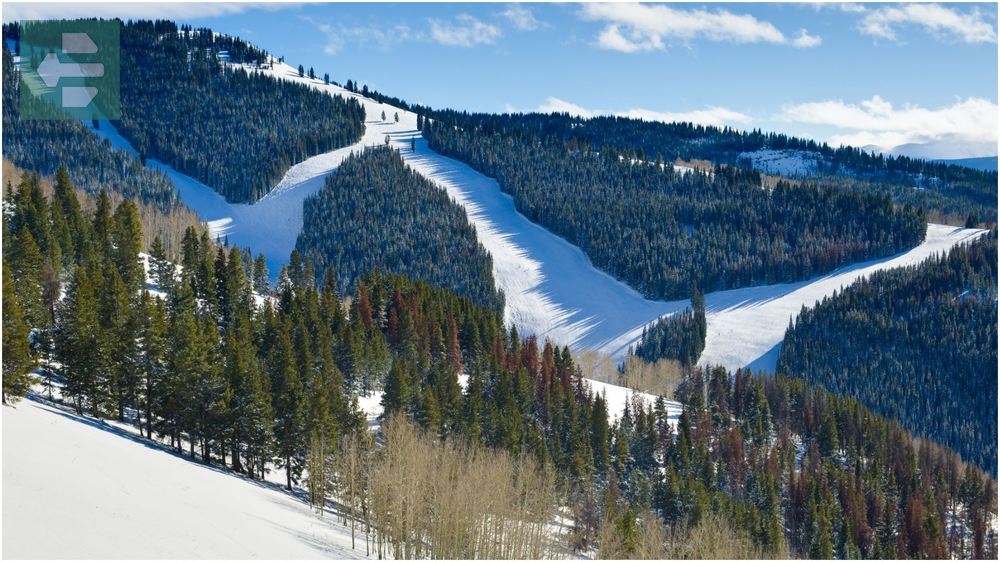
Vail stretches six miles from east to west across 5,317 acres of Colorado terrain. The front side offers groomed runs through aspen forests. Seven Back Bowls provide powder skiing above treeline when storms deliver fresh snow.
Blue Sky Basin adds 645 acres of mostly ungroomed terrain for intermediate and advanced skiers seeking a backcountry experience within resort boundaries. The mountain averages two skiers per acre on normal days, four on busy weekends.
Quick Facts:
- Peak Season: December – March
- Access: Denver Airport 2 hours, Eagle Airport 30 minutes
- Lift Tickets: from USD $239
- Suggested Stay: 5-7 days
- Areas: Front Side, Seven Back Bowls, Blue Sky Basin
5. Park City: America's Largest Ski Resort
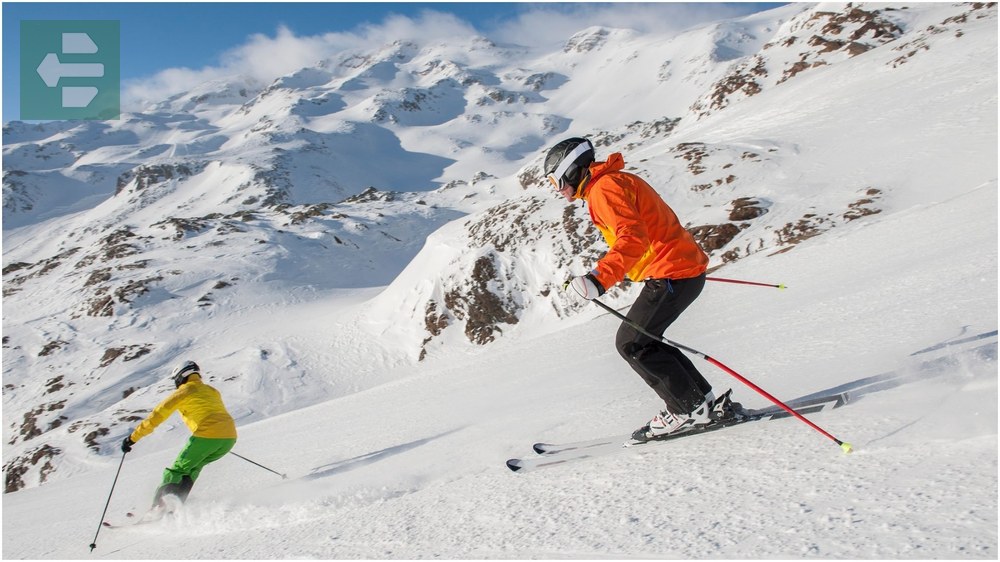
Park City Mountain Resort covers 7,300 acres across Utah's Wasatch Range. The resort connects Park City and Canyons villages through an extensive lift network, offering terrain for every skill level.
First-time skiers learn on the appropriately named First Time lift near the base. Jupiter Bowl challenges experts with steep chutes and deep powder. The resort's size means finding quiet runs even during peak periods.
Quick Facts:
- Peak Season: December – March
- Access: Salt Lake City Airport 45 minutes
- Lift Tickets: from USD $189
- Suggested Stay: 4-6 days
- Areas: Park City Base, Canyons Village, Jupiter Bowl, Iron Mountain
6. Deer Valley: Luxury Meets Perfect Groomers
Deer Valley restricts access to skiers only—no snowboarders—maintaining perfectly manicured runs across 2,342 acres. The resort limits daily tickets to preserve the experience and reduce lift lines.
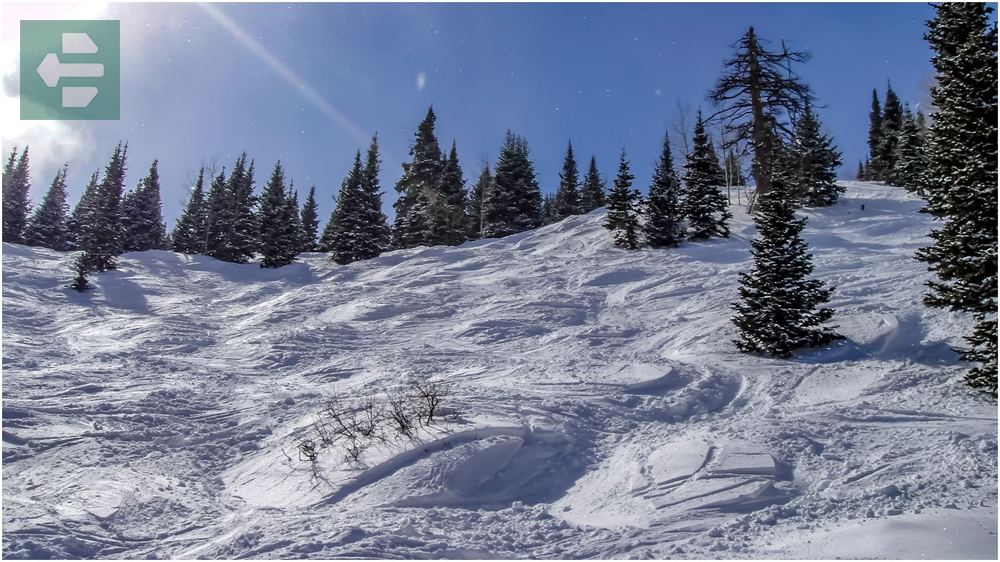
Three base areas offer different experiences. Snow Park Village provides easy mountain access. Silver Lake sits mid-mountain with ski-in, ski-out lodging. Empire Pass delivers high-alpine skiing with fewer crowds.
Standing at the top of Empire Bowl on a January morning, watching first light hit the Wasatch peaks while grooming machines finished their overnight work below, I understood why people pay premium prices for this experience.
Quick Facts:
- Peak Season: December – March
- Access: Salt Lake City Airport 45 minutes
- Lift Tickets: from USD $239
- Suggested Stay: 4-6 days
- Areas: Snow Park, Silver Lake, Empire Pass
7. Zermatt: Skiing Beneath the Matterhorn
Zermatt offers 210km of marked runs across three ski areas, with skiing possible 365 days per year on the glacier. The resort reaches 3,899 meters above sea level, making it Europe's highest ski area.
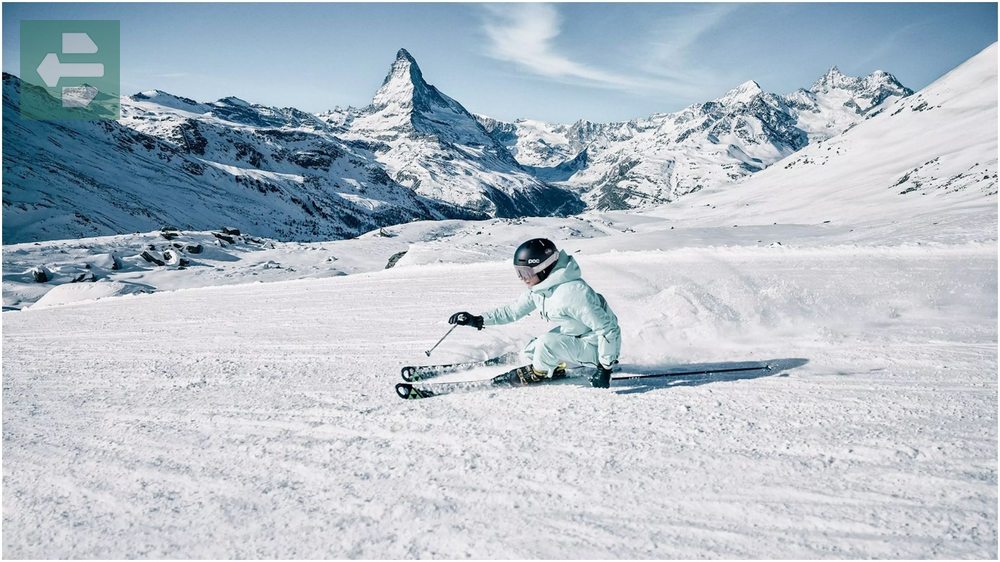
The Klein Matterhorn glacier provides year-round skiing conditions. Gornergrat offers panoramic views of 4,000-meter peaks. Rothorn-Sunnegga delivers sunny slopes perfect for families and beginners.
Take the first train up Gornergrat at dawn. The sunrise illuminates the Matterhorn while most tourists sleep in the village below. This quiet hour on empty pistes, with nothing but mountain silence and carved turns, justifies the early alarm.
Quick Facts:
- Peak Season: December – April
- Access: Zurich Airport 3.5 hours by train
- Lift Tickets: from CHF 69
- Suggested Stay: 5-7 days
- Areas: Klein Matterhorn, Gornergrat, Rothorn-Sunnegga
8. St. Anton am Arlberg: Steep Austrian Tradition

St. Anton delivers 305km of connected terrain across the Arlberg ski area. The resort pioneered modern ski instruction and maintains Austria's steepest on-piste terrain, including runs with 78% gradients.
Expert skiers tackle the Valluga's off-piste descents and Schindlergrat's challenging couloirs. Intermediate skiers enjoy long cruising runs through forested valleys. The resort's snow-sure reputation stems from its position catching storms from multiple directions.
Quick Facts:
- Peak Season: December – April
- Access: Zurich Airport 2.5 hours, Innsbruck Airport 1.5 hours
- Lift Tickets: from EUR 58
- Suggested Stay: 5-7 days
- Areas: Valluga, Schindlergrat, Rendl, Stuben
9. Courchevel: French Alpine Luxury

Courchevel forms part of Les Trois Vallées, the world's largest interconnected ski area with 600km of pistes. Five villages sit at different altitudes, each offering distinct experiences from family-friendly to ultra-luxury.
Courchevel 1850 attracts celebrities and royalty with Michelin-starred restaurants and helicopter access. La Tania provides budget-friendly accommodation with direct slope access. The Grand Couloir challenges experts with its 85% gradient.
Quick Facts:
- Peak Season: December – April
- Access: Geneva Airport 2 hours, Lyon Airport 2.5 hours
- Lift Tickets: from EUR 62
- Suggested Stay: 6-8 days
- Areas: Courchevel 1850, 1650, 1550, La Tania, Le Praz
10. Val d'Isère: High-Altitude Powder Paradise

Val d'Isère and neighboring Tignes share L'Espace Killy's 300km of pistes, with 60% of skiing above 2,500 meters. The resort's elevation and north-facing slopes preserve powder for days after storms.
Three distinct sectors offer varied terrain. Bellevarde connects to Tignes via high-altitude glacial runs. Solaise provides tree-lined slopes for stormy days. Fornet accesses the Pissaillas Glacier for summer skiing.
Quick Facts:
- Peak Season: December – May
- Access: Geneva Airport 2.5 hours, Lyon Airport 3 hours
- Lift Tickets: from EUR 59
- Suggested Stay: 6-8 days
- Areas: Bellevarde, Solaise, Fornet, Pissaillas Glacier
11. Verbier: Off-Piste Capital of Switzerland
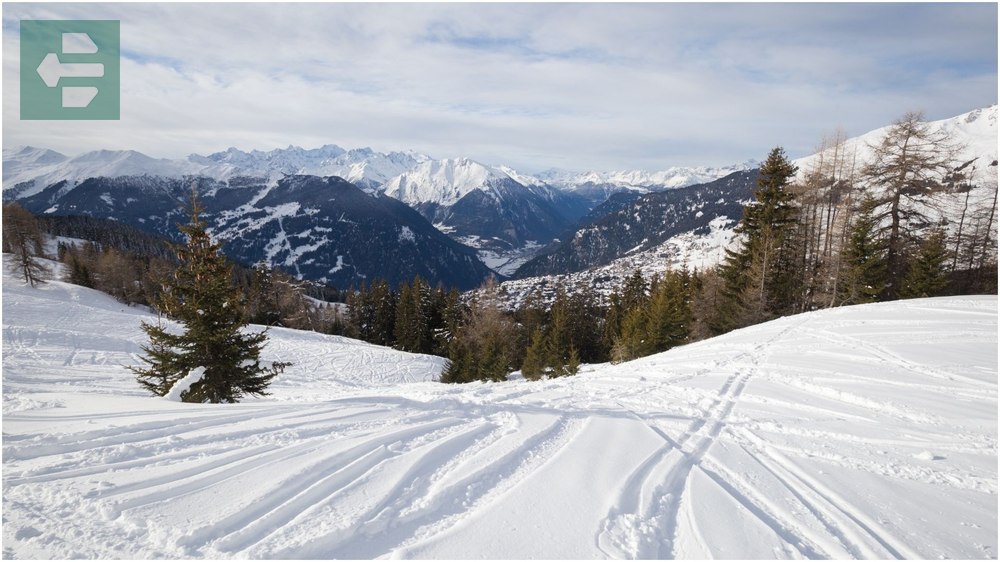
Verbier anchors the Four Valleys ski area's 410km of terrain, reaching 3,330 meters at Mont Fort glacier. The resort built its reputation on challenging off-piste terrain and legendary après-ski culture.
Advanced skiers seek out Vallon d'Arby's powder bowls and the steep couloirs near Mont Gelé. Intermediate skiers enjoy wide blue runs on Savoleyres and long descents from Les Ruinettes. The resort requires strong skiing skills to access its best terrain.
Quick Facts:
- Peak Season: December – April
- Access: Geneva Airport 2 hours
- Lift Tickets: from CHF 65
- Suggested Stay: 5-7 days
- Areas: Medran, Savoleyres, Bruson, Mont Fort
12. Hakuba: Japanese Powder Deep in the Alps
Hakuba Valley contains ten interconnected resorts across Japan's Northern Alps, receiving over 11 meters of annual snowfall. The powder's light, dry consistency creates ideal conditions for deep snow skiing.

Happo-One hosted 1998 Olympic events and offers the valley's most varied terrain. Cortina provides the best tree skiing where off-piste access is permitted. Tsugaike delivers family-friendly slopes with advanced terrain higher up the mountain.
At Cortina on a February powder morning, skiing through silent forests of snow-laden trees while warm onsen baths waited in the valley below, I experienced the unique blend of alpine adventure and Japanese culture that defines Hakuba skiing.
Quick Facts:
- Peak Season: January – March
- Access: Tokyo 4 hours by train/bus, Matsumoto Airport 1 hour
- Lift Tickets: from JPY 5,500
- Suggested Stay: 5-7 days
- Areas: Happo-One, Cortina, Tsugaike, 47/Goryu
13. Ski Portillo: Chilean Andes High-Altitude Adventure

Ski Portillo sits at 9,000-11,000 feet elevation in Chile's Andes Mountains, offering 1,252 acres of above-treeline terrain. The resort's unique slingshot lifts rocket skiers up slopes too steep for conventional chairlifts.
Only 400 hotel guests share the mountain daily, creating an exclusive atmosphere. Expert runs like Lake Run traverse across Laguna del Inca, while the Roca Jack lift delivers both thrills ascending and adrenaline descending.
Quick Facts:
- Peak Season: July – September
- Access: Santiago Airport 2.5 hours
- Lift Tickets: included with accommodation
- Suggested Stay: 7 days (minimum)
- Areas: Plateau, Las Lomas, Roca Jack, Garganta
14. Perisher: Australia's Largest Alpine Resort

Perisher covers 3,000 acres across four interconnected areas in New South Wales' Snowy Mountains. The resort offers Australia's most extensive alpine terrain, with 47 lifts accessing over 100 groomed trails.
Smiggin Holes provides dedicated beginner terrain in a controlled environment. Mount Perisher challenges advanced skiers with steep runs and mogul fields. Guthega offers scenic intermediate terrain away from the main crowds.
Quick Facts:
- Peak Season: July – September
- Access: Sydney 5 hours, Canberra 2.5 hours
- Lift Tickets: from AUD 264
- Suggested Stay: 4-6 days
- Areas: Perisher Valley, Blue Cow, Smiggin Holes, Guthega
15. Thredbo: Australia's Steepest Runs

Thredbo delivers Australia's longest runs and steepest terrain in the Snowy Mountains. The resort's 480 hectares include the challenging Supertrail, stretching 5.9 kilometers from top to bottom with varied terrain throughout the descent.
The village sits at the base of the runs, offering ski-in, ski-out convenience. Advanced skiers tackle the steep faces off High Noon Express, while families enjoy gentler slopes on Friday Flat and Easy Does It.
Quick Facts:
- Peak Season: July – September
- Access: Sydney 5.5 hours, Canberra 2 hours
- Lift Tickets: from AUD 199
- Suggested Stay: 4-5 days
- Areas: Village Trail, Crackenback, Ramshead, Dead Horse Gap
The mountains wait with fresh snow and empty runs.
Each destination offers something different. Steep couloirs in Austria. Japanese powder forests. Chilean high-altitude adventures. Australian summer skiing when Northern Hemisphere resorts close.
Choose your mountain. Pack your skis. The best places to go skiing deliver experiences that last long after the snow melts.
These fifteen resorts represent skiing's finest expressions across four continents and two seasons. Whether chasing powder in Hakuba's silent forests or carving groomed runs beneath Zermatt's iconic peak, each destination rewards those who seek authentic mountain experiences.
The lifts are running. Your adventure begins now.
